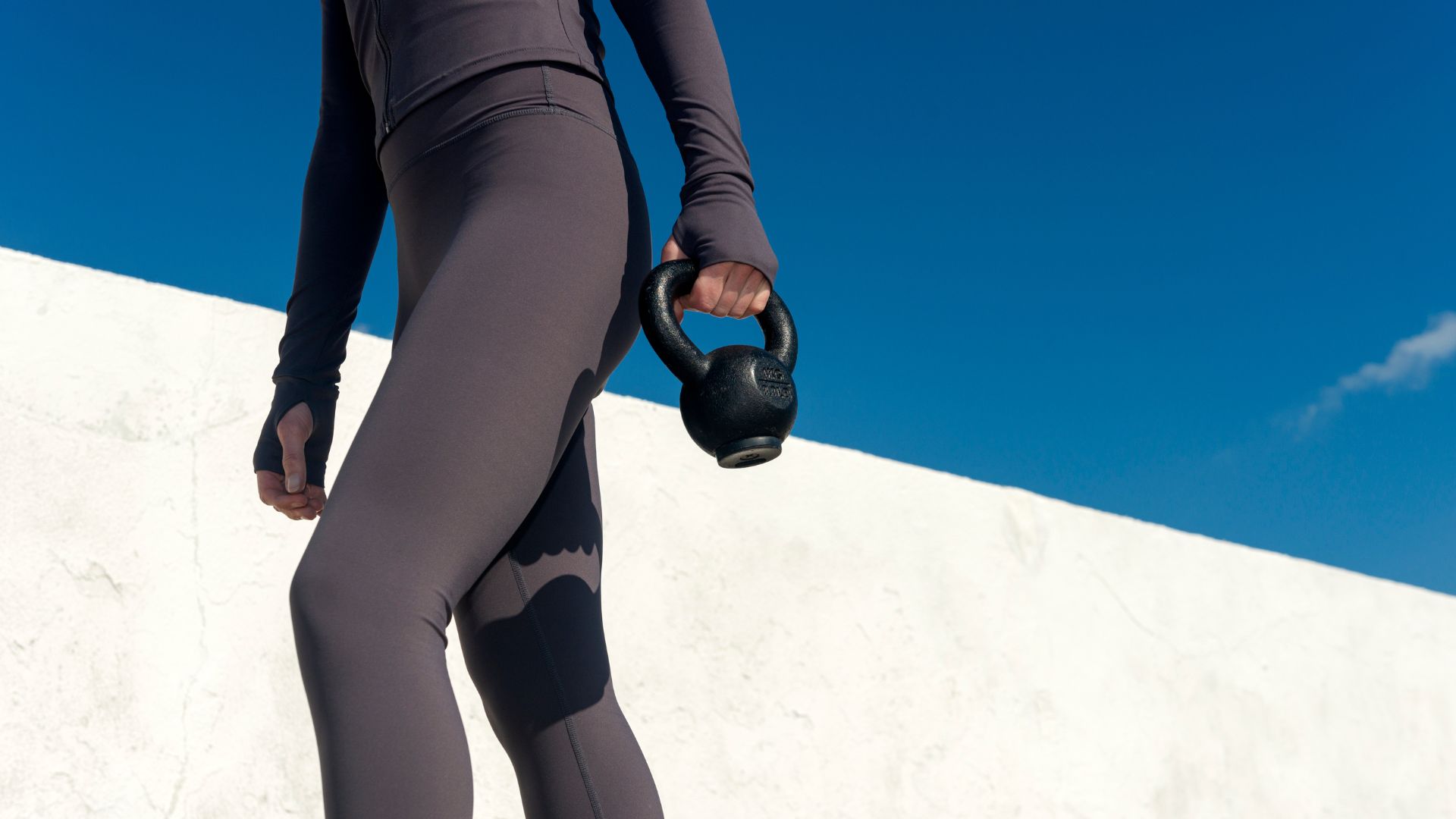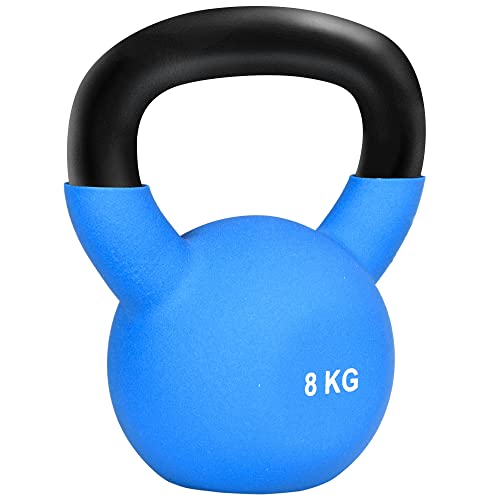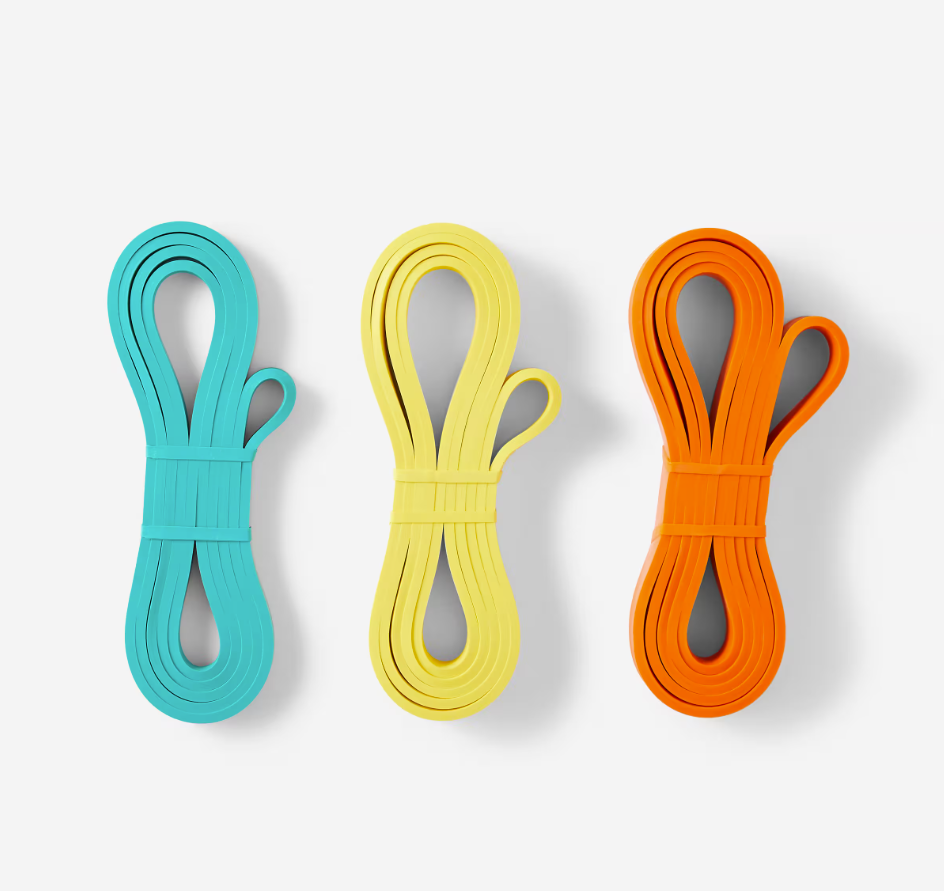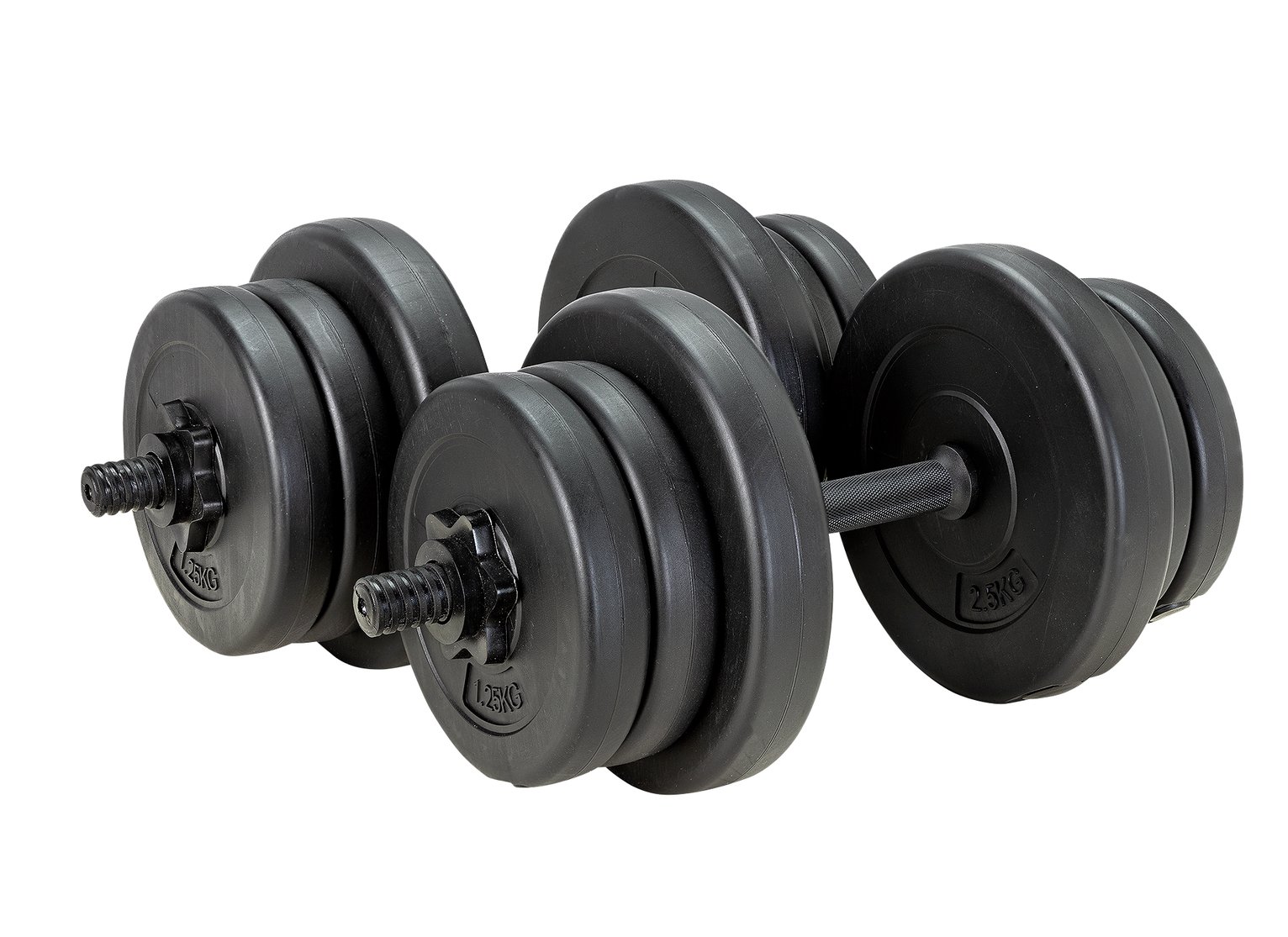Forget the plank - a strength coach reveals 3 standing ab exercises for stronger deep core muscles
Kate Rowe-Ham, a PT and women's strength coach, says standing ab exercises are the floor-free way to train your core muscles and improve fitness


You're not alone if you wince when you think about doing a plank, sit-up, or crunch. I feel exactly the same way. Whether it's the burning in my abs or the requirement to be at one with my yoga mat, I'd rather do my core workouts standing up.
But standing ab exercises aren't only a good way to avoid sweaty gym floors. Along with the side plank, they are some of the best core exercises to do at home, says Kate Rowe-Ham, a certified personal trainer and founder of Owning Your Menopause. "Standing ab exercises train your core in a way that mimics how you use it every day - upright, moving, twisting, rotating, and stabilising, so they are more functional than planks," she explains.
Want to give them a try? Here, Kate reveals her favourite 3 standing ab exercises and how to do them.
What are standing ab exercises?
Standing ab exercises are designed to target all the core muscles, including the abdominals, obliques, and the transverse abdominis, the deepest core muscle. As the core controls much of the body, by working these muscles, you're not only boosting strength in the trunk, but the entire body.
"They improve posture and balance while being easier on the wrists, shoulders, and lower back," says Kate. "This makes them a brilliant alternative for anyone who struggles with a plank."
You can do the exercises as part of a larger dumbbell core workout or incorporate the exercises into your day, as you only need a few weights for company.
How to do standing ab exercises
Standing wood chop
The standing wood chop is a "fantastic, full-core move that mimics how we actually move in everyday life, reaching, twisting, and lifting," says Kate.
Sign up to our free daily email for the latest royal and entertainment news, interesting opinion, expert advice on styling and beauty trends, and no-nonsense guides to the health and wellness questions you want answered.
"It builds rotational strength, targets the deep core muscles (like the transverse abdominis), and teaches your body to generate and control force, a skill we use for everything from putting on a seatbelt to carrying shopping bags. It’s powerful, functional, and satisfying," she says.
Here's how to do a standing wood chop:
- Stand with your feet shoulder-width apart and clasp your hands together.
- If you're doing it with a dumbbell or medicine ball, hold this securely.
- Start with your arms raised diagonally above one shoulder.
- Rotate through your torso and “chop” down across your body toward the opposite hip.
- Return to the starting position with control and repeat.
Standing side bend
Don't underestimate this one, Kate warns. It may look easy, but it "directly targets the obliques, improves side-to-side movement, and supports better posture and spinal alignment," she says.
"It’s brilliant for strengthening the muscles around your waist, which help protect your lower back," she adds, making this one of the best back exercises to do as well.
Here's how to do a standing side bend:
- Stand tall with feet hip-width apart.
- You can do it with your hands behind your head (bodyweight version) or by holding a dumbbell in one hand down by your side.
- From there, slowly bend your torso to one side, as if you’re trying to reach your rib toward your hip.
- Squeeze through your obliques to come back up.
- Keep your hips square and avoid leaning forward or backwards
Standing side crunch
We promised no planks, but crunches are still on the menu - and standing side crunches are one of the best. "It’s a brilliant way to fire up both the obliques and the lower abs while also working your balance, coordination, and hip mobility," says Kate. "Because you’re moving dynamically, your heart rate lifts too, so it gives you a little cardio boost alongside core strengthening."
Here's how to do a standing side crunch:
- Start standing tall with your hands lightly behind your head.
- Drive your right knee up towards your right elbow, crunching through the side of your waist.
- Lower back down and repeat on the same side before switching, or alternate sides throughout.
- To make it harder, hold a light dumbbell or small ball overhead as you bring your elbow and knee together.
Benefits of standing ab exercises
- It's functional fitness exercise: "They train your core in the way it's actually designed to function. Unlike floor-based movement, where you're braced against the ground, standing work forces your muscles to stabilise you against gravity while you move," Kate explains.
- Improves balance and stability: "Standing ab workouts also activate the deep stabilisers, like the transverse abdominis, obliques, and muscles around your spine and hips," says the strength coach. "These are the muscles that keep you upright, protect your lower back, and help you resist unwanted twists or wobbles when you’re walking, lifting, or even just carrying a shopping bag.
- Helps improve posture: Wall angels are the go-to exercise for better posture, but these standing exercises work wonders, as they engage the core in a vertical position, helping to strengthen the muscles that are needed for good posture.
- Easier on the joints: Doing a plank puts a lot of pressure through the wrists, elbows, and shoulders, which might not be suitable for everyone. Standing ab exercises side steps this pressure completely.
How often should you do standing ab exercises?
Little and often is the key to building a stronger core with standing ab exercises, says Kate. "Just 10 to 15 minutes, two to three times a week can make a real difference to your strength, posture, and stability," she reveals. "The trick is consistency."
"Try a set of side bends while the kettle’s boiling, a few standing side crunches after you’ve been sitting at your desk for a while, or some wood chops while you’re waiting for dinner to cook."
It's the "little bursts like this" that add up over time, she notes, so you can train your core muscles and reap the benefits without having to spend dedicated time on a dumbbell core workout, for instance.
Standing ab exercises vs plank
- Comfort: As Kate notes, standing ab exercises don't put pressure on the lower back, wrists, or shoulders like regular planks do, which can make them a great alternative for those with existing discomfort in these areas.
- Functionality: Standing ab exercises are functional exercises as they so closely mirror everyday movements, like picking things up off the floor. There's very little in life that mirrors the classic plank. This makes them one of the best exercises for longevity, too.
- Versatile: Both planks and these standing movements are versatile enough to add to a plethora of workouts, whether that's sessions on the treadmill or traditional weight training. You can also do them anywhere, with no equipment if needed.
- Making them harder: It's a lot easier to make standing ab exercises harder with equipment like cables, resistance bands, dumbbells, or kettlebells. The easiest way to make a plank harder is by holding it for longer or balancing a weight plate on your back, but this can lead to injury, and most people will need to do it at the gym.

A simple kettlebell like this one can help add some serious resistance to your exercises. The benefit of a kettlebell over a dumbbell is the handle, which sits above the weight and offers a little more flexibility with movement. This one also has a soft cover to give your floors a break.

The easiest (and smallest to store) way to add resistance to standing ab exercises is with a resistance band. This set comes with three options and a three-month free trial with Freeletics, so you can explore more. Simply loop the band under your foot and stretch it out to the side to hone your core strength.

Grace Walsh is woman&home's Health Channel Editor, working across the areas of fitness, nutrition, sleep, mental health, relationships, and sex. She is also a qualified fitness instructor. In 2025, she will be taking on her third marathon in Brighton, completing her first ultra marathon, and qualifying as a certified personal trainer and nutrition coach.
A digital journalist with over seven years experience as a writer and editor for UK publications, Grace has covered (almost) everything in the world of health and wellbeing with bylines in Cosmopolitan, Red, The i Paper, GoodtoKnow, and more.
You must confirm your public display name before commenting
Please logout and then login again, you will then be prompted to enter your display name.
